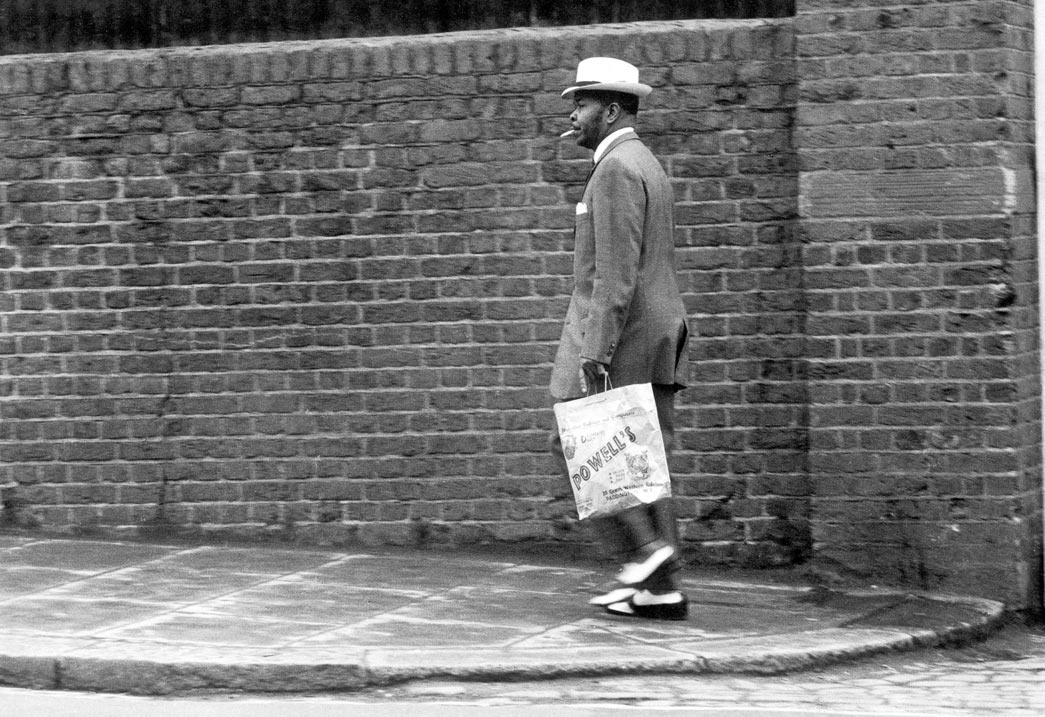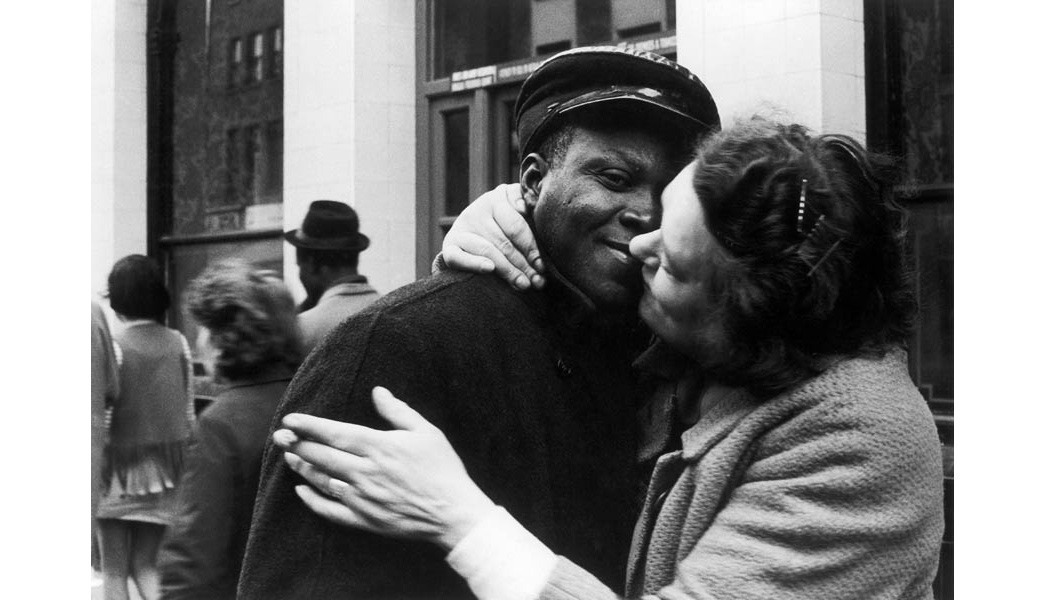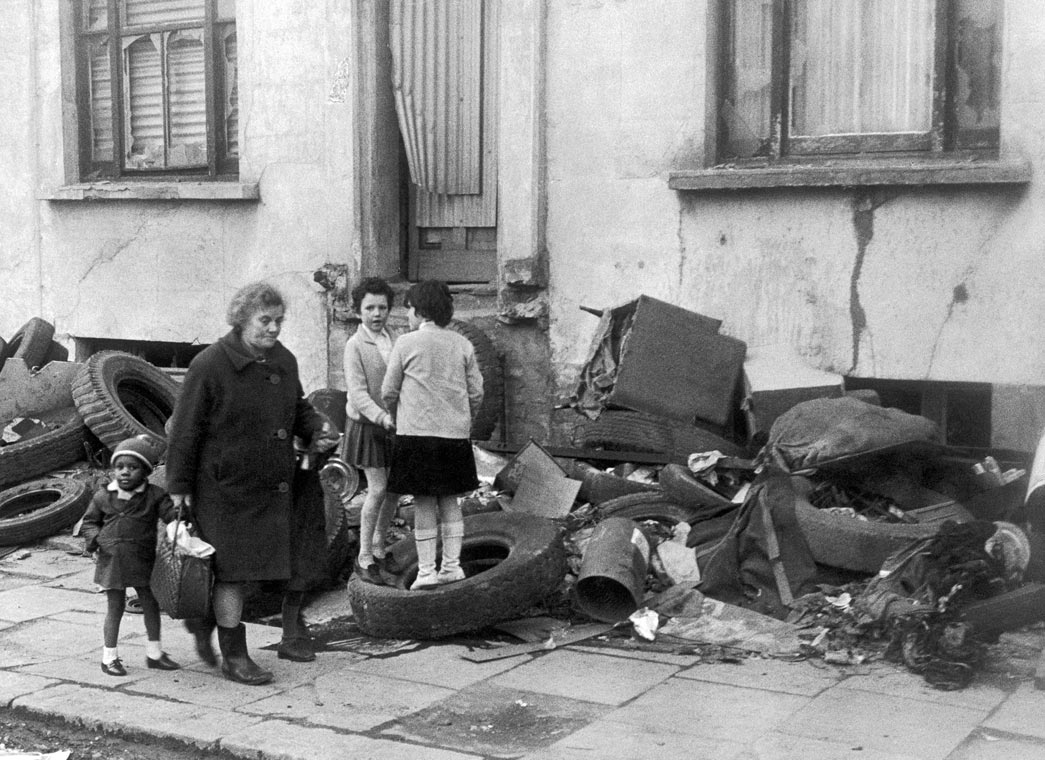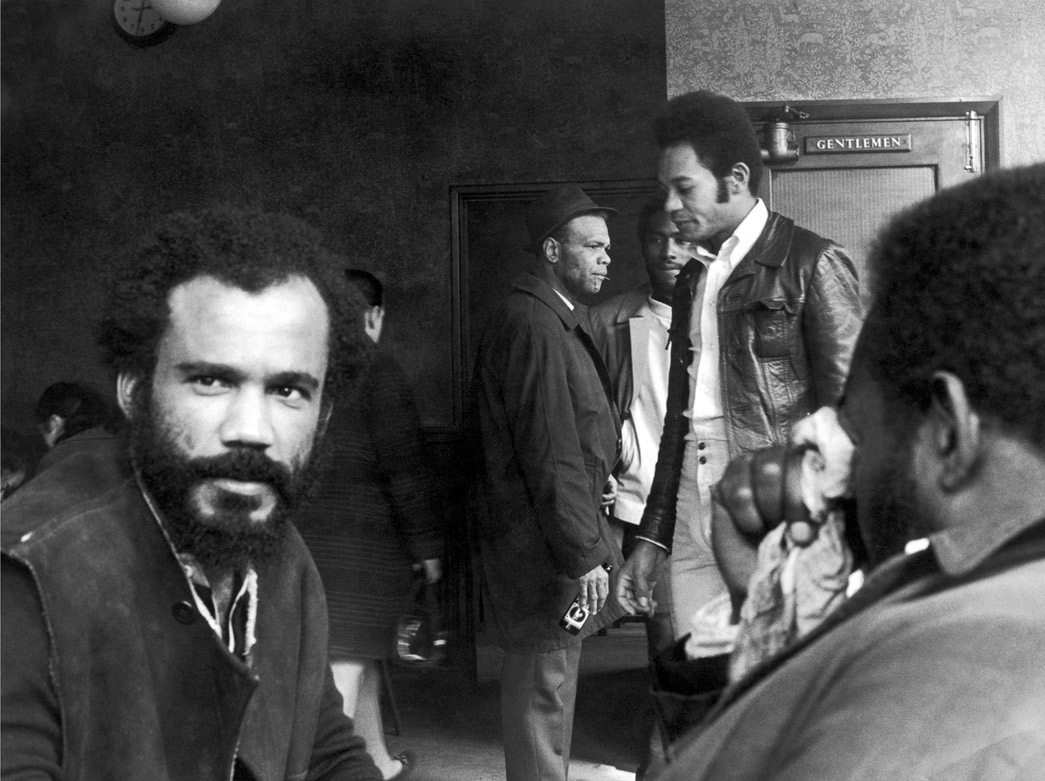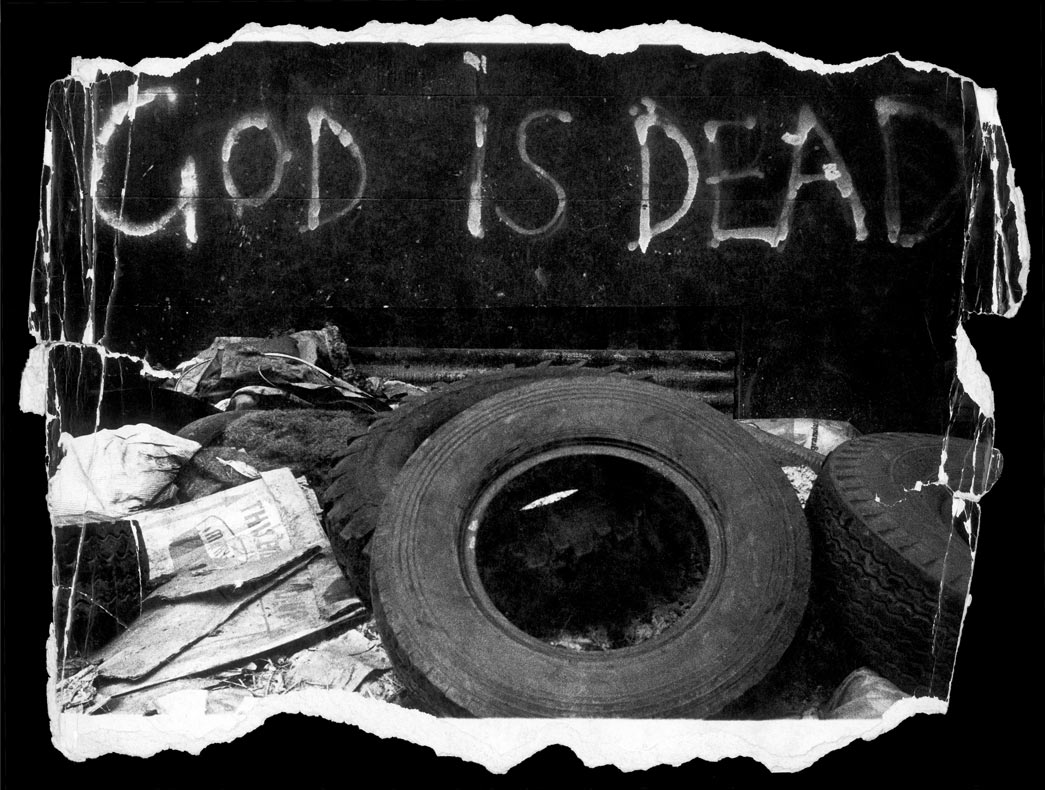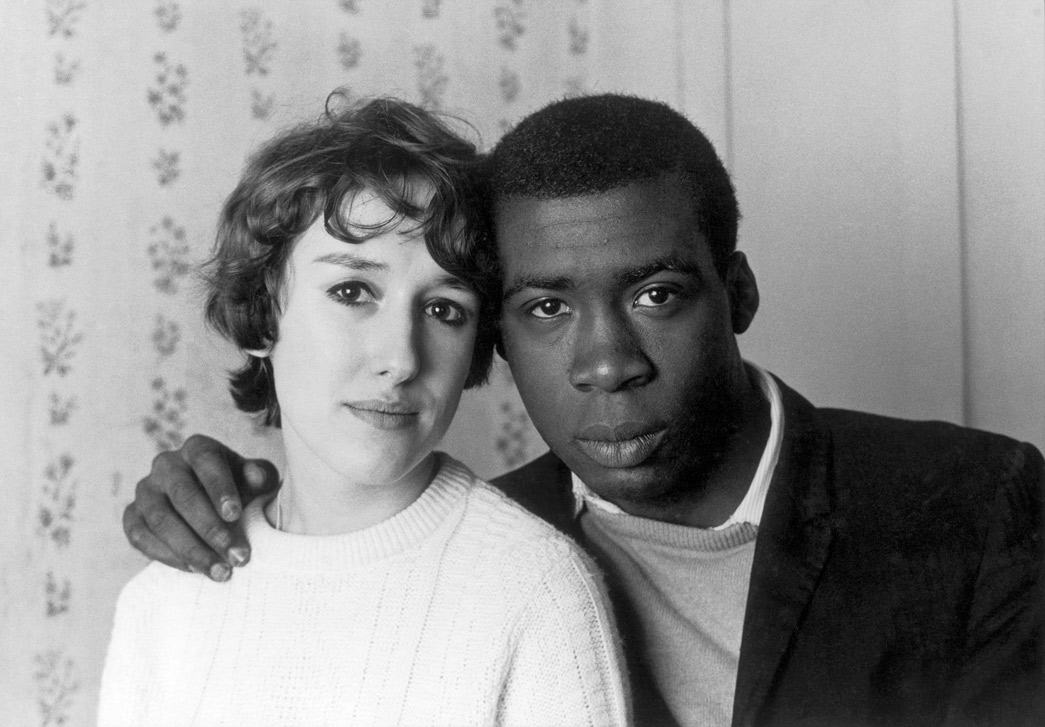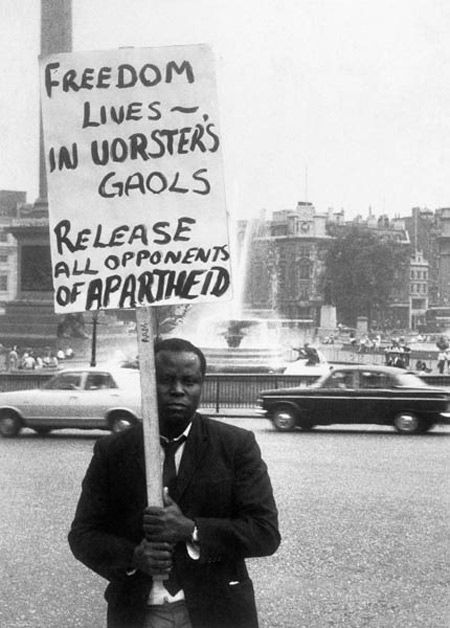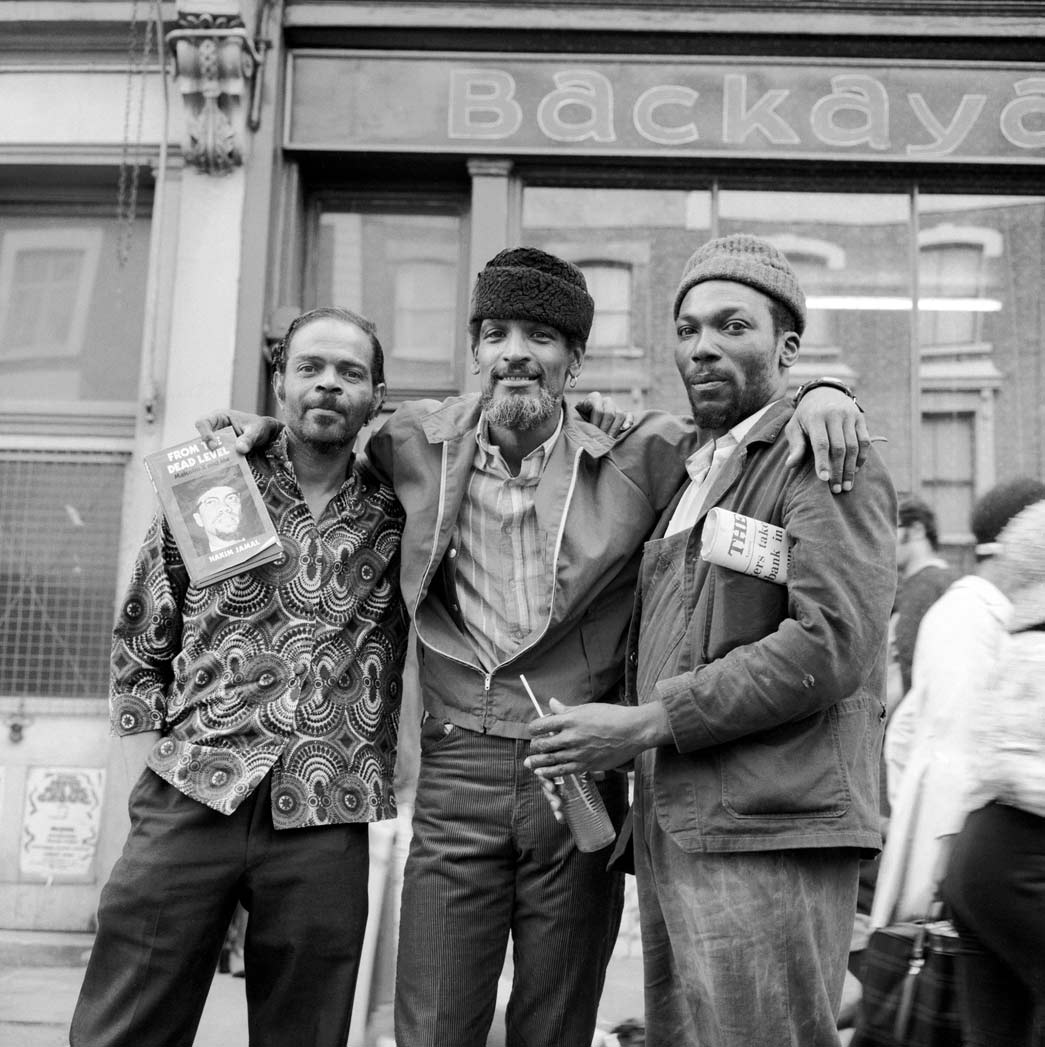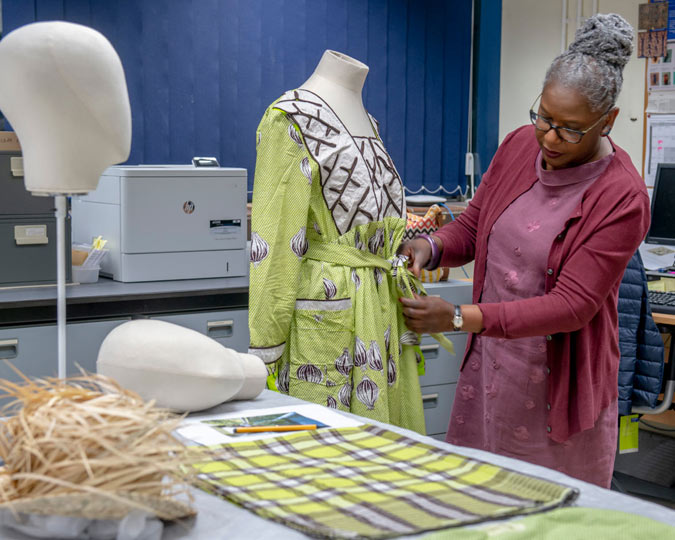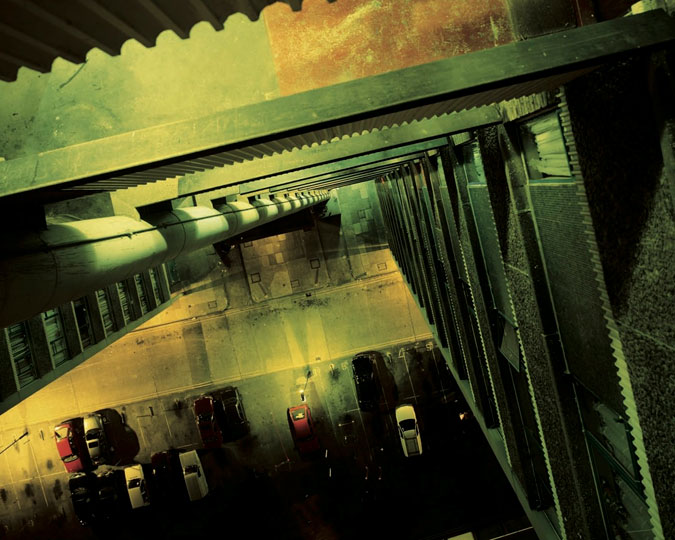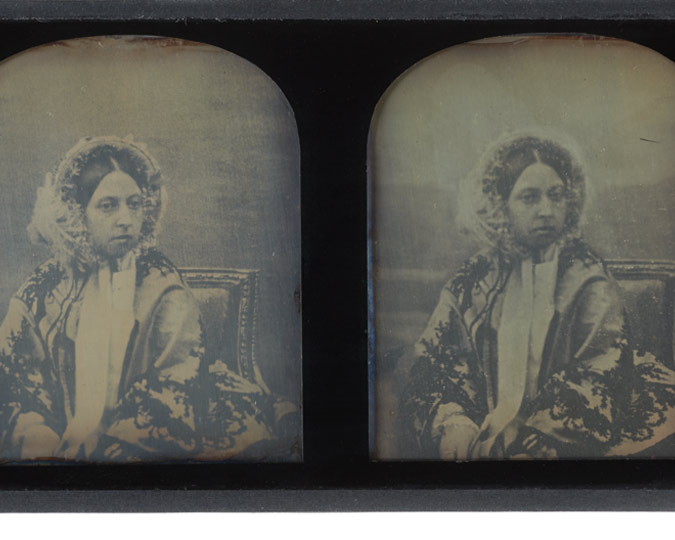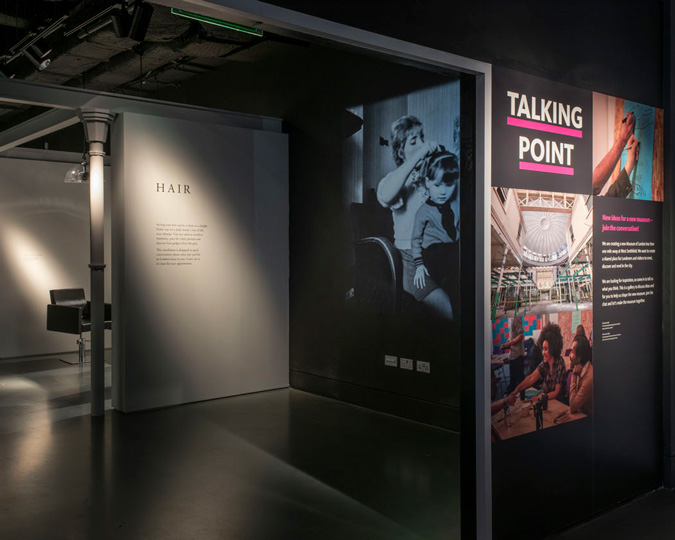Look through the lens of Charlie Phillips, a groundbreaking photographer who captured street life for over thirty years. First in a series on photographers who documented the lives of black Londoners in North Kensington.
In 2019, our Curating London project moved into the borough of North Kensington. We were collecting contemporary objects, images and stories to record how Londoners live in the 21st century. In North Kensington, the Museum of London collaborated with local youth arts collective FerArts to explore the rich history and identity of this culturally diverse area of London. To mark the occasion, and commemorate Black History Month, we’ve delved into our collections to highlight the work of photographers who documented North Kensington’s black British community, from Neil Kenlock to Henry Grant.
Photographer Charlie Phillips came to London as a young teenager in 1956 after growing up in Jamaica with his grandparents. Part of the wave of migration from the West Indies known as Generation Windrush, his family had been drawn to London by the British government’s appeal to help rebuild the ‘mother country’ in the wake of the Second World War. Many new arrivals from the former Caribbean colonies settled in the borough of North Kensington, in inner-city neighbourhoods such as Notting Hill and Ladbroke Grove, and so did Charlie and his parents.
It was a drastic change from his Jamaican hometown of St Mary’s. Phillips recalls: “I remember I came in late August. I found I couldn’t walk barefoot, I couldn’t go out in the garden.” It took him a while to adjust to his new life in the unfamiliar and grey urban environment of London and it was during this time that Charlie first got his hands on a camera. It was a Kodak Brownie given to him by a friendly American serviceman who was stationed in Britain, and it marked the beginning of Phillips’ lifelong engagement with photography. This would lead him to become one of the most talented, yet long overlooked, photographers of twentieth-century Britain.
His first experiments with the camera were Phillips taking photographs of his friends, selling the snaps for a few shillings each. “I started to buy photography books and go to the library. I learnt composition, how to frame things”. He taught himself how to develop pictures in the bath tub with an inexpensive DIY set after his parents had gone to bed.
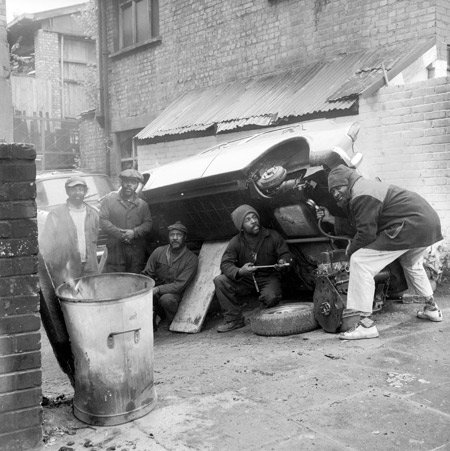
Car Repair Shop, Acklam Road (Westbourne Green), 1969
Charlie Phillips. ID no. 40097
The borough of North Kensington, where Phillips spent much of his youth, had high rates of poverty, crime and violence in the 1950s. People had been attracted from the West Indies by the promise of good jobs and homes, but the post-war period saw London plunged into a housing and employment crisis. Large numbers of African-Caribbean Londoners struggled to make a living and were forced to live in crammed, slum-like conditions. This situation was made worse by structural racism: British society upheld an unofficial ‘Colour Bar’, a systematic exclusion of black people from certain public and private spaces.
Despite the fact that those who had arrived from the colonies had British passports and enjoyed the same legal rights as their white counterparts, black British citizens faced everyday racism, social injustices and widespread patterns of discrimination.
In the summer of 1958 racial tensions came to a head in Notting Hill, when a series of violent attacks escalated into ferocious ‘race riots’, as the press called them at the time, that lasted over five days and nights. Hundreds rallied around the racist slogan ‘Keep Britain White’, brutally attacking members of the black community. This incited a series of further counter-attacks. This upheaval formed a turning point in British history and sparked an ongoing debate over racial discrimination and inequality.
Captivated by his surroundings and profoundly influenced by the Notting Hill "riots", Phillips spent the best part of the 1960s and 1970s photographing the experience of transatlantic migration in North Kensington. “I attended demonstrations and continued to show solidarity with different struggles,” Phillips recalls. “The 60s and 70s were very challenging. People had begun to ask questions. It was an era where you had to decide who you sympathised with.”
His most iconic photograph of the period depicts a mixed-race Notting Hill Couple, taken almost a decade after the violent attacks. The intimate picture of a young pair conveys warmth, love and defiance. When understood in the racialised political context of the time, the image takes on a more complex meaning, especially since the Notting Hill riots had started with an assault on a Swedish woman who married to a Caribbean man — attacked for being in a mixed-race relationship.
Phillips’s photographs are now celebrated for sensitively and insightfully documenting the cultural landscape of black Britain in the post-war period: a time when the struggle for civil rights, justice, and equality was particularly hard-fought. But it took a long time before his work was noticed. “Everything was done from my own costs. No one took notice at the time. I just hoped to pass down this document to my children.”
Committed to photography but never able to pursue his passion fulltime, Phillips kept himself afloat with a range of different jobs and by working for magazines such as Harper’s Bazaar, Life and Italian Vogue. In the 1960s he travelled widely, to Sweden, Switzerland, Paris and Rome. He spent eight years in Italy, where he felt particularly at home, and shooting protest movements, student riots and celebrities across Europe. Back in England, he once again struggled to publish his pictures and eventually abandoned photography for a while, leaving Notting Hill to open Smokey Joe’s Diner in Wandsworth in 1989.
In 1991, Phillips published some of his photographs in the book Notting Hill in the Sixties, starting to turn the tide in his recognition as a photographer. In two Museum of London’s exhibitions, Through London’s Eyes: Photographs by Charlie Phillips (2003) and Roots to Reckoning: the photography of Armet Francis, Neil Kenlock and Charlie Phillips (2005), subsequently played an important part in putting his images on the map. Phillips’ photographs now increasingly enjoy the attention they deserve and have in recent years been featured in a range of publications, exhibitions and collections.
Click here to learn how other photographers captured North Kensington over the 20th century, from Neil Kenlock, official photographer of the British Black Panthers, to Armet Francis, founder of Autograph ABP.








